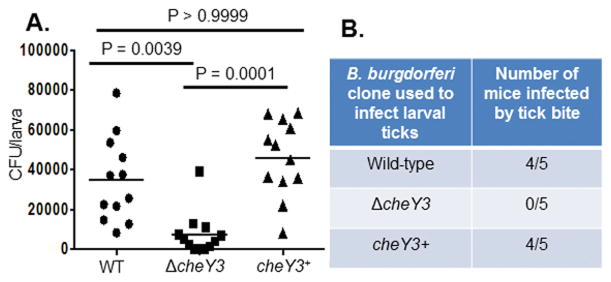Figure 3. CheY3 is important for tick-mouse infectious cycle.
A. The burden of ΔcheY3 was significantly less in fed larval ticks compared to WT or the complemented cheY3+. Naive larval ticks were artificially infected by immersion using in vitro-grown spirochetes. Larvae were crushed individually on day 7 post-repletion, and the spirochetal density per larva was determined by plating on semi-solid growth media followed by counting viable spirochetes (CFU). The p-values were determined using Kruskal-Wallis ANOVA test followed by Dunn Multiple Comparisons test. Results shown are the spirochete burden per larva, where each dot is representative of a single tick (n = 12). The line denotes the mean of the entire group. A P<0.05 between strains is considered significant. B. CheY3 is important for establishing infection in mice by tick-bite. Naïve C3H/HeN mice were fed upon by artificially-infected larvae (~200 larvae/mouse, 3 mice per clone). Four weeks post-repletion, mice were euthanized to determine bacterial outgrowth from ear, joint, and bladder tissues.

